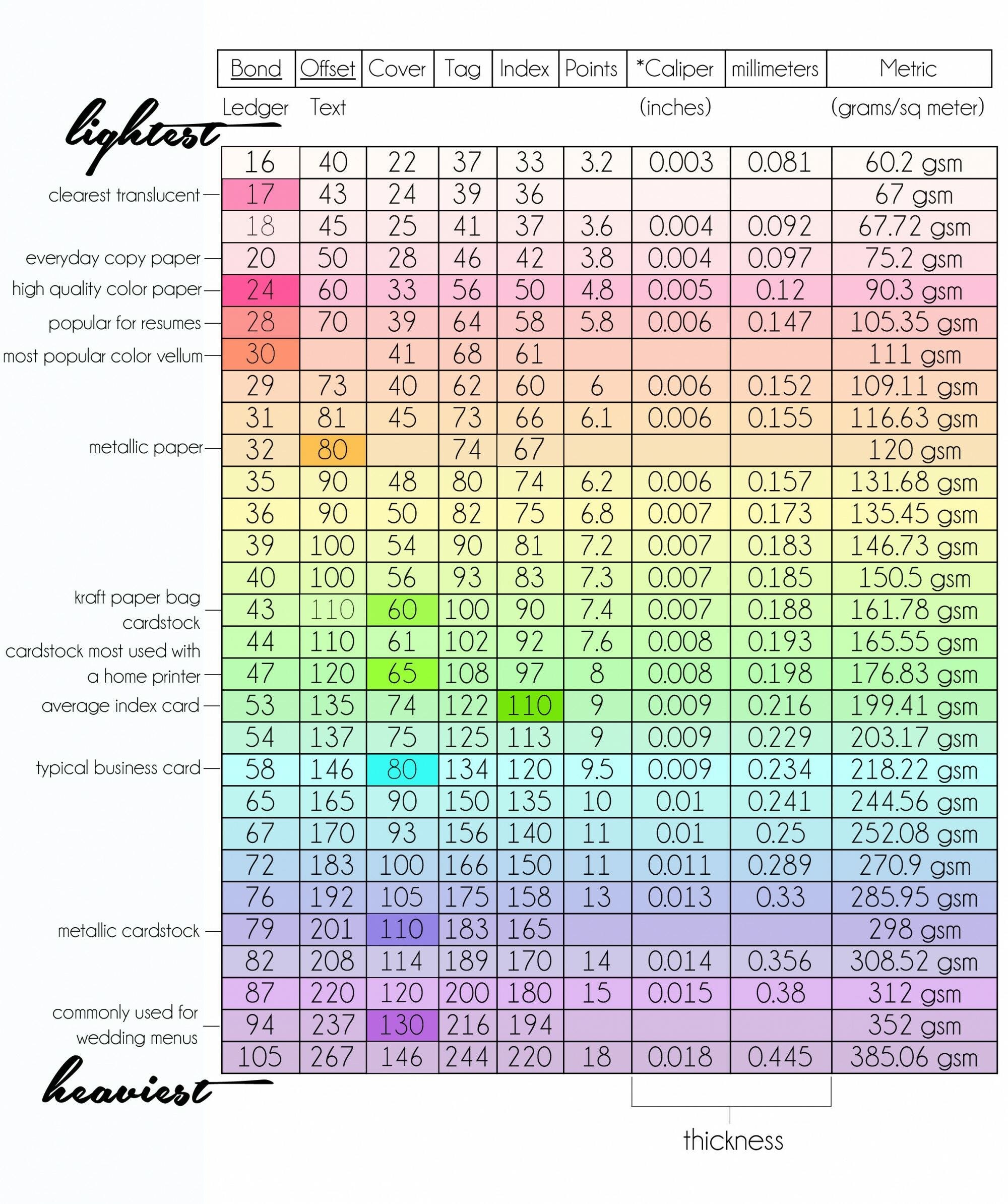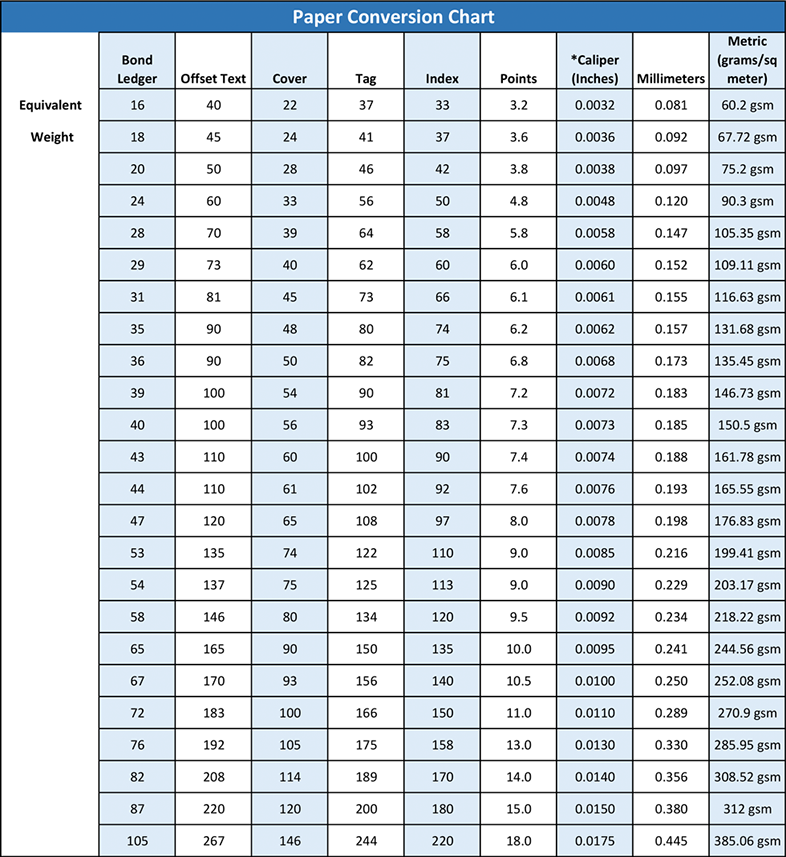Introduction
When it comes to purchasing paper, understanding the concepts of weight and thickness can be crucial in making the right choice for your needs. Whether you are buying paper for printing, crafting, or any other purpose, knowing how to decode paper weight and thickness will help you select the most suitable option. In this buyer’s guide, we will delve into the intricacies of paper weight and thickness, providing you with the knowledge necessary to make informed decisions.
Understanding Paper Weight
When it comes to buying paper, understanding the concept of paper weight is crucial. Paper weight refers to the thickness and sturdiness of the paper. It is measured in pounds (lb) or grams per square meter (gsm). The higher the weight, the thicker and more durable the paper.
Common Paper Weight Categories
1. Bond Paper: This is the standard paper used for everyday printing and writing. It typically has a weight of 20 lb or 75 gsm.
2. Text Paper: Text paper is slightly heavier than bond paper and is commonly used for brochures, flyers, and other promotional materials. It usually ranges from 60-100 lb or 90-150 gsm.
3. Cover Paper: Cover paper is the heaviest and most durable type of paper. It is commonly used for book covers, business cards, and invitations. The weight of cover paper can range from 80-120 lb or 200-300 gsm.
Choosing the Right Paper Weight
When selecting paper for a specific project, it’s important to consider the intended use and desired outcome. Here are some factors to consider:
1. Printing Method

The printing method you plan to use can influence the ideal paper weight. For example, if you’re using an inkjet printer, a lighter weight paper may be more suitable to prevent ink bleeding. On the other hand, a heavier weight paper is recommended for laser printers to ensure crisp and clear prints.
2. Purpose of the Document
Consider the purpose of the document you’re creating. If it’s a formal report or a document that requires durability, a heavier weight paper will convey a sense of professionalism. For casual documents like drafts or internal memos, a lighter weight paper may suffice.
3. Budget
Another important factor to consider is your budget. Heavier weight papers are generally more expensive than lighter ones. If cost is a concern, you may need to compromise on the paper weight to stay within your budget.
Summary
Decoding paper weight and thickness is essential for anyone looking to purchase paper products. The weight of paper refers to how heavy it is, typically measured in pounds or grams per square meter (GSM). Understanding paper weight allows you to determine its durability and suitability for different applications. On the other hand, paper thickness, often referred to as caliper, measures the thickness of a single sheet of paper. It is crucial to consider both weight and thickness when selecting paper, as they can affect its appearance, performance, and compatibility with various printing methods.
In this comprehensive buyer’s guide, we will explore the different weight and thickness options available in the market, their significance, and how they can impact your projects. We will also provide practical tips on choosing the right paper weight and thickness for specific applications, such as printing brochures, creating invitations, or crafting intricate paper designs.
By the end of this guide, you will have a clear understanding of paper weight and thickness, enabling you to confidently navigate the vast array of paper options and make informed decisions based on your unique requirements. Whether you are a professional designer, article a student, or simply someone who appreciates the beauty of paper, this guide will empower you to choose the perfect paper for your next project.
- Q: What is paper weight?
- A: Paper weight refers to the thickness and heaviness of a sheet of paper. It is typically measured in pounds (lb) or grams per square meter (gsm).
- Q: How is paper weight determined?
- A: Paper weight is determined by weighing a standard-sized sheet of paper and measuring its thickness. The higher the weight, the thicker and heavier the paper.
- Q: What are the different paper weight categories?
- A: Common paper weight categories include bond, text, cover, and index. Bond paper is lightweight, while text paper is slightly heavier. Cover paper is even thicker, and index paper is the heaviest.
- Q: What is the significance of paper weight?
- A: Paper weight affects the durability, feel, and print quality of a document. Heavier paper is more durable and has a higher quality feel, making it suitable for important documents or professional use.
- Q: How does paper weight impact printing?
- A: Paper weight affects how ink is absorbed and how colors appear on the paper. Heavier paper can handle more ink and provides better color reproduction, while lighter paper may result in ink bleed-through or a less vibrant print.
- Q: What is paper thickness?
- A: Paper thickness refers to the caliper measurement of a single sheet of paper. It is usually measured in thousandths of an inch or millimeters.
- Q: How is paper thickness measured?
- A: Paper thickness is measured using a micrometer or a thickness gauge. The device measures the distance between the top and bottom surfaces of the paper.
- Q: What are the common paper thicknesses?
- A: Common paper thicknesses include 20 lb bond (0.0032 inches), 50 lb text (0.0055 inches), and 80 lb cover (0.008 inches). These measurements may vary depending on the paper type and manufacturer.
- Q: How does paper thickness affect print projects?
- A: Paper thickness can impact the

Welcome to my website! My name is Mason Ringrose, and I am a passionate and dedicated professional Print Management Software Developer. With a strong background in advanced printing technologies, 3D printing innovations, and sustainable printing, I am excited to share my knowledge and expertise with you.

